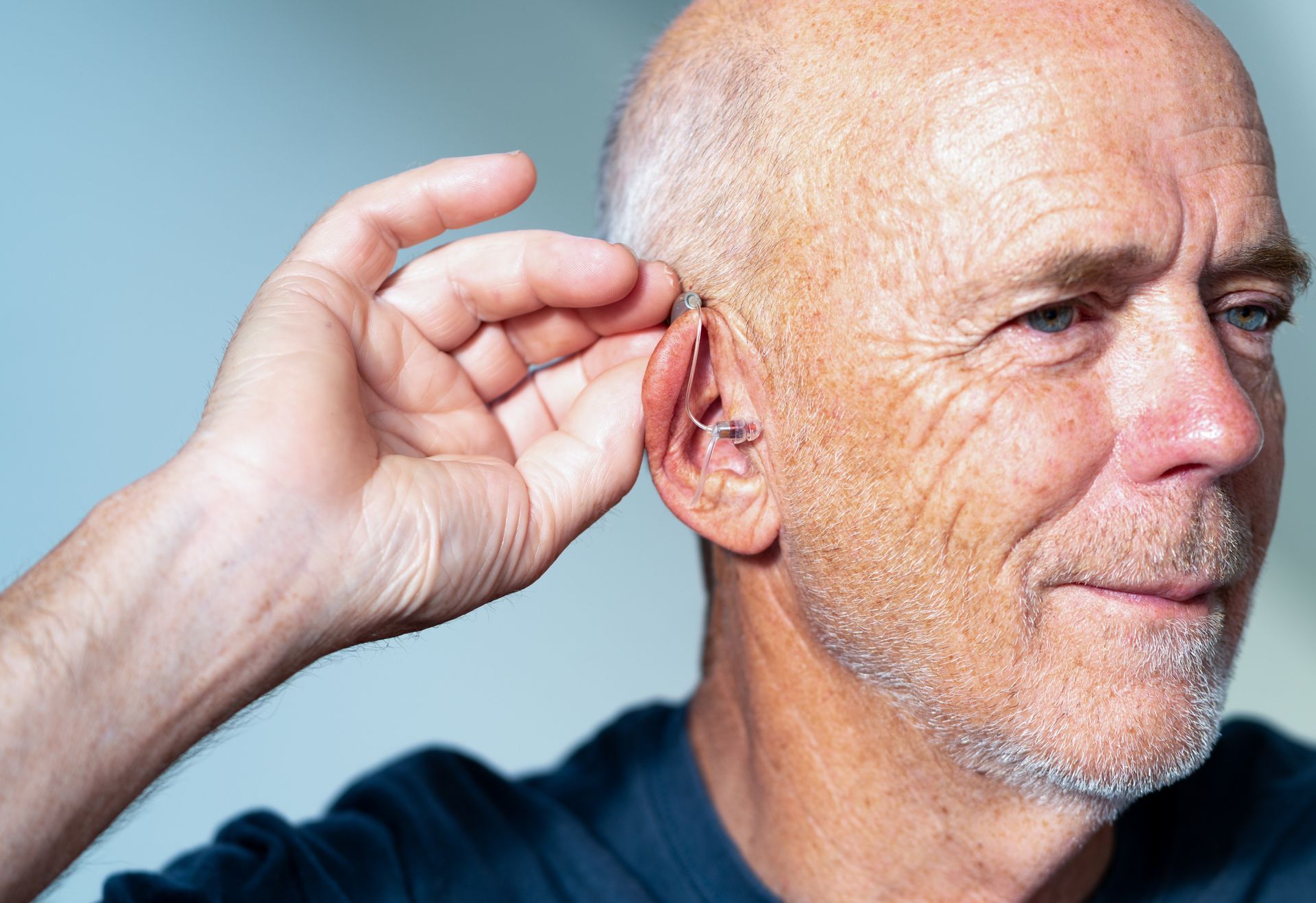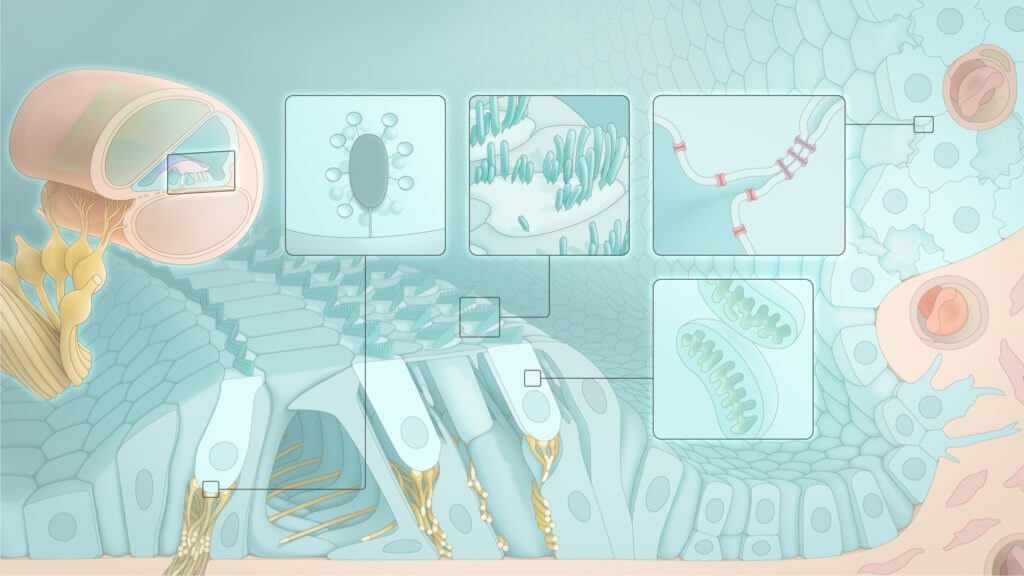How Often Should You Get a New Audiogram?
After your first hearing test, you were probably presented with your results on a graph or chart known as an audiogram. While your initial results are important in determining the best treatment options for your hearing loss, you will likely need additional hearing tests as time goes on.
Let’s look at ways to determine if it’s time to get a new audiogram.
What Do Audiograms Measure?
Audiograms plot your hearing thresholds across various frequencies. The x-axis represents frequency in Hertz from lowest to highest. The y-axis represents the loudness of a sound in decibels from very soft to very loud sounds, with the lowest levels at the top of the graph.
They are an effective tool for quantifying the degree of hearing loss, as well as figuring out the type of hearing loss you have. Additionally, they a very easy to compare against one another to see if your hearing has changed over time.
Is it Time for a New Hearing Test?
- Has it been over five years since your last test? If so, you may be due for a new audiogram. Not only is possible that your hearing needs have changed since your last test, but your hearing aids might be lacking the newest technology. These technological advancements can help give you the best personalized listening experience based on your individual needs and preferences.
- Have you experienced a change in health? Certain conditions such as heart disease and diabetes have the potential to cause additional hearing loss if they cause damage to the blood vessels in the inner ear. Other conditions or medications taken to manage certain illnesses can affect hearing as well. Let your audiologist know if you have experienced a change in health to see if they recommend coming in for another evaluation.
- Any changes at work or home? Your listening environment plays a role in your hearing needs. If you have switched to an office with different acoustics or more employees, your needs may be different than when you were working in a quiet home office. Additionally, if you have moved or have more people living with you, these changes could affect the strength of the hearing aid you need.
- Does your hearing seem worse? If it feels as though your hearing aids aren’t helping you pick up speech as well when you’re out at the grocery store or chatting with the barista at Le Petit French Café, make an appointment with your audiologist. It could be a problem with your device, or it could also mean that you need a change in settings or stronger amplification now than you did when you last had an audiogram.
If you would like more information or wish to schedule a hearing test with one of our experts, call Center For Hearing today.
- Understanding Infant Hearing Loss
- The Relationship Between Exercise and Hearing Loss
- Muffled Hearing: Common Causes and Solutions



